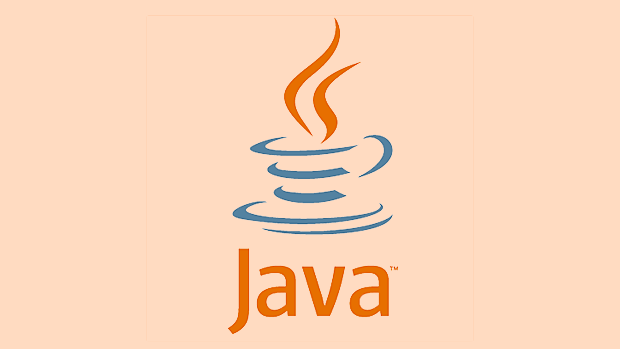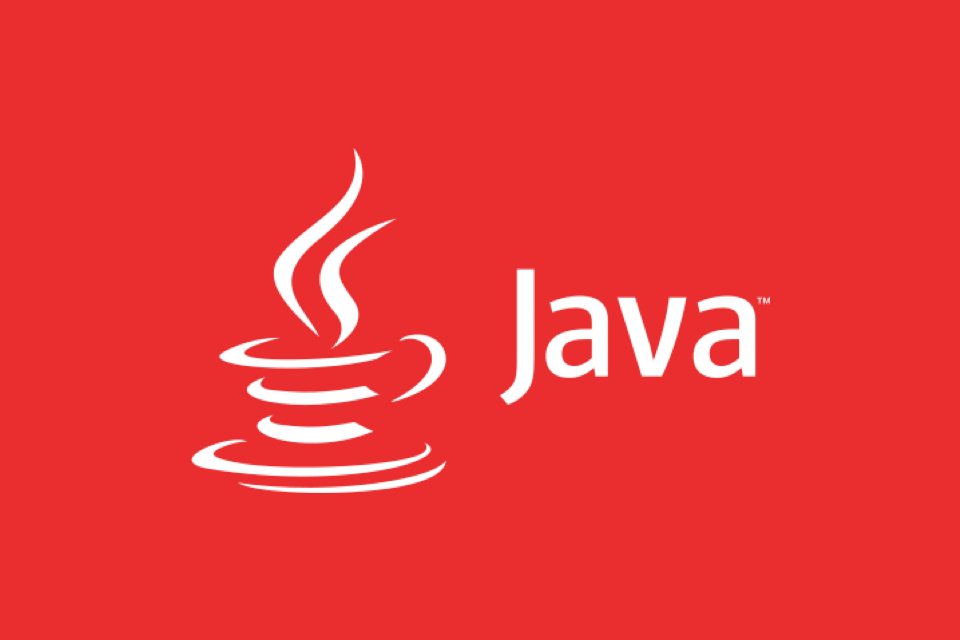Optimizing Java Database Connectivity (JDBC) Performance
Aug 02, 2025 am 03:10 AMUse connection pools (such as HikariCP) to reduce connection overhead and control the number of concurrent connections; 2. Replace Statement with PreparedStatement to precompile SQL and reuse execution plans; 3. Adjust fetch size (such as set to 1000) to balance network round trips and memory usage, and use addBatch/executeBatch to reduce round-trips in batch operations; 4. Set transaction boundaries reasonably, close autocommit and explicitly commit or rollback to improve consistency and speed; 5. Use try-with-resources to ensure that ResultSet, Statement, and Connection are automatically closed to prevent resource leakage; 6. Query only necessary fields to avoid SELECT * to reduce data transmission and GC pressure; 7. Use database indexing, filtering, sorting, and paging functions to avoid processing large amounts of useless data in Java; 8. Monitor slow queries and analyze execution plans to locate bottlenecks instead of just optimizing JDBC code - these strategies jointly improve database interaction efficiency, ultimately achieving faster response, more resource-saving, and more scalable application performance.

Optimizing Java Database Connectivity (JDBC) performance is cruel for applications that rely heavily on database interactions. Poorly tuned JDBC usage can lead to slow response times, high memory consumption, and scalability issues. Here are key strategies to improve JDBC performance effectively.

1. Use Connection Pooling
Opening a new database connection every time is expensive. Instead, reuse existing connections through a connection pool.
Why it matters:

- Reduces overhead of establishing TCP and authentication handshakes.
- Limits the number of concurrent connections to avoid overwhelming the database.
Recommended solutions:
- HikariCP – Fast, lightweight, and widely used.
- Apache DBCP , C3P0 – Older alternatives with more configuration options.
HikariConfig config = new HikariConfig();
config.setJdbcUrl("jdbc:mysql://localhost:3306/mydb");
config.setUsername("user");
config.setPassword("pass");
config.setMaximumPoolSize(20);
HikariDataSource dataSource = new HikariDataSource(config);Always close connections properly using try-with-resources to return them to the pool.
2. Use PreparedStatement instead of Statement
PreparedStatement offers both security (SQL injection prevention) and performance benefits.
Performance advantages:
- SQL is precompiled on the database side (especially beneficial in databases like Oracle, PostgreSQL).
- Reuse execution plans when called multiple times.
String sql = "SELECT name FROM users WHERE id = ?";
try (PreparedStatement pstmt = connection.prepareStatement(sql)) {
pstmt.setInt(1, userId);
ResultSet rs = pstmt.executeQuery();
// process results
}Avoid string concatenation in queries — even if you're not concerned about SQL injection, prepared statements help query plan caching.
3. Tune Fetch Size and Batch Processing
By default, JDBC may fetch too few or too many rows at once, leading to network round-trips or memory bloat.
For large result sets:
Set an appropriate fetch size to control how many rows are retrieved per database round-trip.
Statement stmt = connection.createStatement();
stmt.setFetchSize(1000); // Fetch 1000 rows at a time
ResultSet rs = stmt.executeQuery("SELECT * FROM large_table");This reduces the number of network calls without loading everything into memory.
For bulk inserts/updates:
Use batch processing to reduce round-trips.
String sql = "INSERT INTO users (name, email) VALUES (?, ?)";
try (PreparedStatement pstmt = connection.prepareStatement(sql)) {
for (User user : users) {
pstmt.setString(1, user.getName());
pstmt.setString(2, user.getEmail());
pstmt.addBatch(); // Add to batch
}
pstmt.executeBatch(); // Execute all at once
}Batch sizes of 50–100 often work well; extremely large batches can cause lock content or timeouts.
4. Choose Appropriate Transaction Boundaries
Autocommit mode (default for Connection ) commits every statement immediately, which adds overhead.
Best practices:
- Disable autocommit when performing multiple related operations.
- Group logical units of work in a single transaction.
connection.setAutoCommit(false);
try (PreparedStatement pstmt = connection.prepareStatement(sql)) {
// Multiple operations
pstmt.executeUpdate();
connection.commit(); // Explicit commit
} catch (SQLException e) {
connection.rollback(); // Rollback on error
}Too broad transactions can cause locking and reduce concurrency — keep them as short as possible.
5. Close Resources Properly (or Use Try-With-Resources)
Unclosed ResultSet , Statement , or Connection objects leak resources and can exhaust the connection pool.
Always use try-with-resources :
try (Connection conn = dataSource.getConnection();
PreparedStatement pstmt = conn.prepareStatement("SELECT * FROM users");
ResultSet rs = pstmt.executeQuery()) {
while (rs.next()) {
// process data
}
} // Automatically closes all resourcesThis ensures cleanup even if an exception occurs.
6. Select Only Required Columns
Avoid SELECT * — it transfers unnecessary data over the network and increase memory usage.
Instead:
SELECT id, name FROM users WHERE active = 1;
Not:
SELECT * FROM users WHERE active = 1;
Smaller result sets = faster transfers and less GC pressure.
7. Leverage Database-Side Features
Offload work to the database where appropriate:
- Use indexes on frequently queried columns.
- Push filtering, sorting (
ORDER BY), and pagination (LIMIT,OFFSET) to SQL. - Avoid fetching thousands of rows just to filter in Java.
For example:
-- Good: Let DB do the work SELECT id, name FROM users WHERE created_date > '2024-01-01' ORDER BY name LIMIT 50; -- Bad: Fetch all and filter in Java SELECT * FROM users; -- Then filter manually
8. Monitor and Analyze Query Performance
Use tools to identify slow queries:
- Enable MySQL's slow query log or PostgreSQL's
log_min_duration_statement. - Use profiling tools like JProfiler , VisualVM , or APMs (eg, New Relic, Datadog).
- Check execution plans with
EXPLAINorEXPLAIN ANALYZE.
Sometimes the bottleneck isn't JDBC — it's an unindexed query or full table scan.
Summary
| Optimization | Benefit |
|---|---|
| Connection pooling | Reduces connection overhead |
| PreparedStatement | Faster execution, reusable plans |
| Fetch size tuning | Balances memory vs. round-trips |
| Batch updates | Minimizes network calls |
| Proper transactions | Improves consistency and speed |
| Select specific columns | Reduces data transfer |
| Resource management | Prevents leaks |
Most performance gains come from small, consistent improvements across layers — especially avoiding N 1 queries, misused connections, and essential data retrieval.
Basically, write efficient SQL first, then make sure JDBC doesn't get in the way.
The above is the detailed content of Optimizing Java Database Connectivity (JDBC) Performance. For more information, please follow other related articles on the PHP Chinese website!

Hot AI Tools

Undress AI Tool
Undress images for free

Undresser.AI Undress
AI-powered app for creating realistic nude photos

AI Clothes Remover
Online AI tool for removing clothes from photos.

Clothoff.io
AI clothes remover

Video Face Swap
Swap faces in any video effortlessly with our completely free AI face swap tool!

Hot Article

Hot Tools

Notepad++7.3.1
Easy-to-use and free code editor

SublimeText3 Chinese version
Chinese version, very easy to use

Zend Studio 13.0.1
Powerful PHP integrated development environment

Dreamweaver CS6
Visual web development tools

SublimeText3 Mac version
God-level code editing software (SublimeText3)
 VSCode settings.json location
Aug 01, 2025 am 06:12 AM
VSCode settings.json location
Aug 01, 2025 am 06:12 AM
The settings.json file is located in the user-level or workspace-level path and is used to customize VSCode settings. 1. User-level path: Windows is C:\Users\\AppData\Roaming\Code\User\settings.json, macOS is /Users//Library/ApplicationSupport/Code/User/settings.json, Linux is /home//.config/Code/User/settings.json; 2. Workspace-level path: .vscode/settings in the project root directory
 How to handle transactions in Java with JDBC?
Aug 02, 2025 pm 12:29 PM
How to handle transactions in Java with JDBC?
Aug 02, 2025 pm 12:29 PM
To correctly handle JDBC transactions, you must first turn off the automatic commit mode, then perform multiple operations, and finally commit or rollback according to the results; 1. Call conn.setAutoCommit(false) to start the transaction; 2. Execute multiple SQL operations, such as INSERT and UPDATE; 3. Call conn.commit() if all operations are successful, and call conn.rollback() if an exception occurs to ensure data consistency; at the same time, try-with-resources should be used to manage resources, properly handle exceptions and close connections to avoid connection leakage; in addition, it is recommended to use connection pools and set save points to achieve partial rollback, and keep transactions as short as possible to improve performance.
 Mastering Dependency Injection in Java with Spring and Guice
Aug 01, 2025 am 05:53 AM
Mastering Dependency Injection in Java with Spring and Guice
Aug 01, 2025 am 05:53 AM
DependencyInjection(DI)isadesignpatternwhereobjectsreceivedependenciesexternally,promotingloosecouplingandeasiertestingthroughconstructor,setter,orfieldinjection.2.SpringFrameworkusesannotationslike@Component,@Service,and@AutowiredwithJava-basedconfi
 python itertools combinations example
Jul 31, 2025 am 09:53 AM
python itertools combinations example
Jul 31, 2025 am 09:53 AM
itertools.combinations is used to generate all non-repetitive combinations (order irrelevant) that selects a specified number of elements from the iterable object. Its usage includes: 1. Select 2 element combinations from the list, such as ('A','B'), ('A','C'), etc., to avoid repeated order; 2. Take 3 character combinations of strings, such as "abc" and "abd", which are suitable for subsequence generation; 3. Find the combinations where the sum of two numbers is equal to the target value, such as 1 5=6, simplify the double loop logic; the difference between combinations and arrangement lies in whether the order is important, combinations regard AB and BA as the same, while permutations are regarded as different;
 Troubleshooting Common Java `OutOfMemoryError` Scenarios
Jul 31, 2025 am 09:07 AM
Troubleshooting Common Java `OutOfMemoryError` Scenarios
Jul 31, 2025 am 09:07 AM
java.lang.OutOfMemoryError: Javaheapspace indicates insufficient heap memory, and needs to check the processing of large objects, memory leaks and heap settings, and locate and optimize the code through the heap dump analysis tool; 2. Metaspace errors are common in dynamic class generation or hot deployment due to excessive class metadata, and MaxMetaspaceSize should be restricted and class loading should be optimized; 3. Unabletocreatenewnativethread due to exhausting system thread resources, it is necessary to check the number of threads, use thread pools, and adjust the stack size; 4. GCoverheadlimitexceeded means that GC is frequent but has less recycling, and GC logs should be analyzed and optimized.
 python pytest fixture example
Jul 31, 2025 am 09:35 AM
python pytest fixture example
Jul 31, 2025 am 09:35 AM
fixture is a function used to provide preset environment or data for tests. 1. Use the @pytest.fixture decorator to define fixture; 2. Inject fixture in parameter form in the test function; 3. Execute setup before yield, and then teardown; 4. Control scope through scope parameters, such as function, module, etc.; 5. Place the shared fixture in conftest.py to achieve cross-file sharing, thereby improving the maintainability and reusability of tests.
 Understanding the Java Virtual Machine (JVM) Internals
Aug 01, 2025 am 06:31 AM
Understanding the Java Virtual Machine (JVM) Internals
Aug 01, 2025 am 06:31 AM
TheJVMenablesJava’s"writeonce,runanywhere"capabilitybyexecutingbytecodethroughfourmaincomponents:1.TheClassLoaderSubsystemloads,links,andinitializes.classfilesusingbootstrap,extension,andapplicationclassloaders,ensuringsecureandlazyclassloa
 How to work with Calendar in Java?
Aug 02, 2025 am 02:38 AM
How to work with Calendar in Java?
Aug 02, 2025 am 02:38 AM
Use classes in the java.time package to replace the old Date and Calendar classes; 2. Get the current date and time through LocalDate, LocalDateTime and LocalTime; 3. Create a specific date and time using the of() method; 4. Use the plus/minus method to immutably increase and decrease the time; 5. Use ZonedDateTime and ZoneId to process the time zone; 6. Format and parse date strings through DateTimeFormatter; 7. Use Instant to be compatible with the old date types when necessary; date processing in modern Java should give priority to using java.timeAPI, which provides clear, immutable and linear







